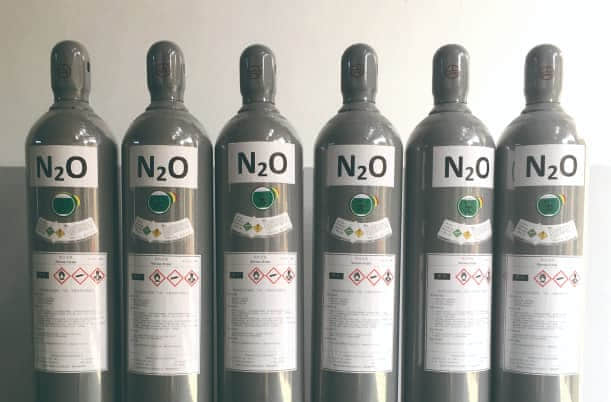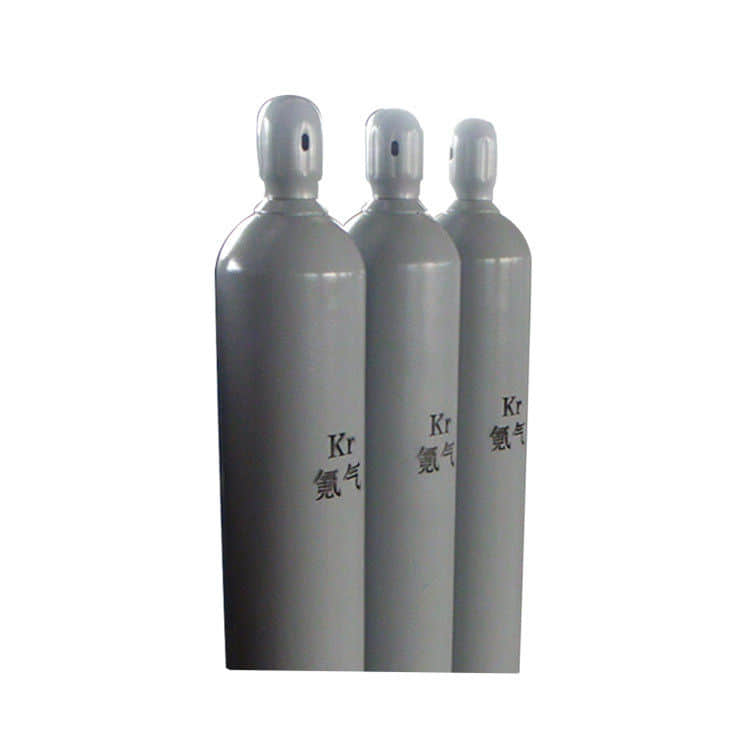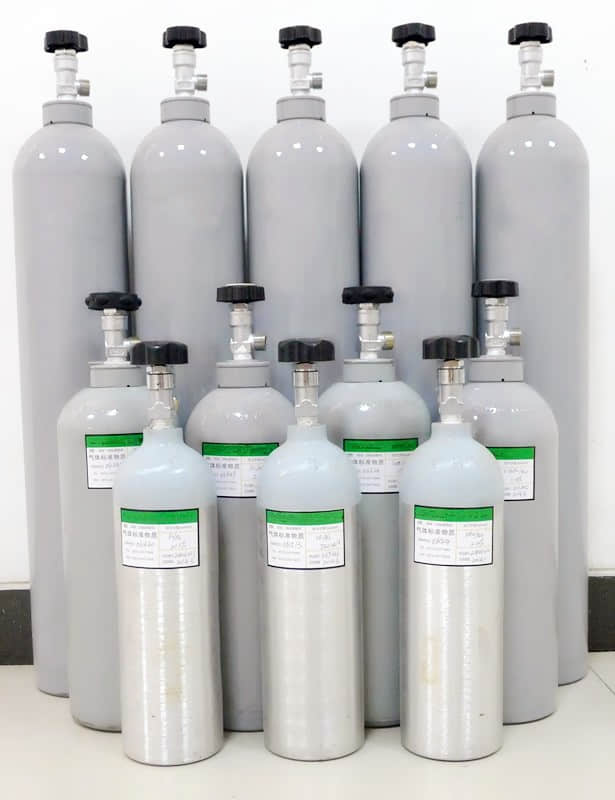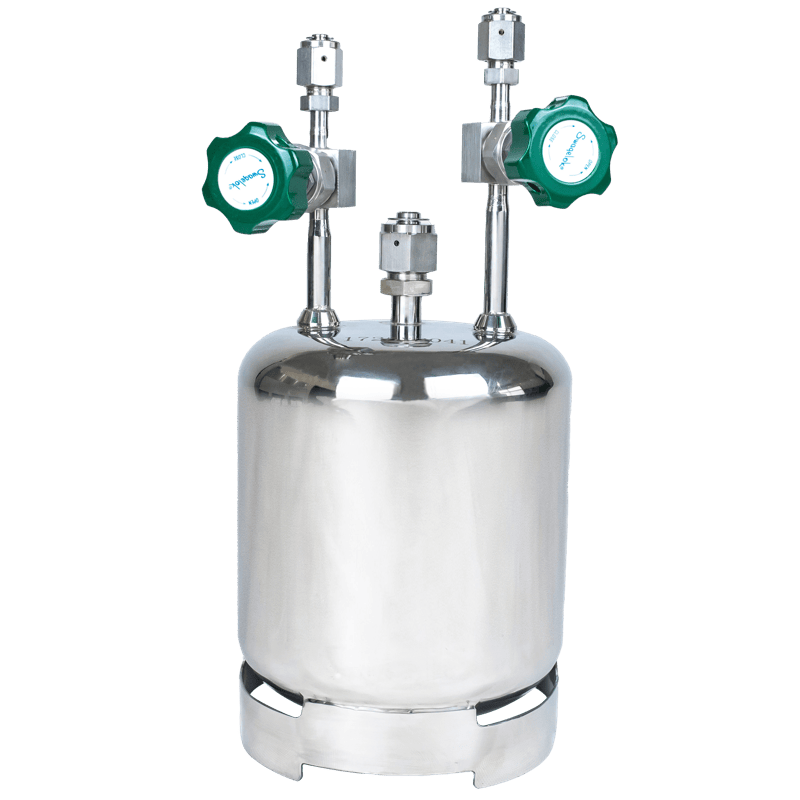Name: Nitrous oxide Alias: laughing gas Purity: 99.9995% Packing: 47L/470L Chemical formula: N₂O CAS login number: 10024-97-2 Molecular weight: 44.013 Nitrous oxide, also known as laughing gas, is a colorless and sweet gas widely used in medicine, food industry, and aerospace fields. In the field of medicine, nitrous oxide is used as an anesthetic and analgesic. As an anesthetic, nitrous oxide is commonly used in dental and other small surgical procedures, which can quickly produce anesthetic effects and make patients feel relaxed and painless. In addition, during obstetric delivery, nitrous oxide is also used to relieve pain. Inhaling nitrous oxide can alleviate the pain during delivery. Due to the rapid decomposition of nitrous oxide in the body and its non-toxic side effects, it is widely used in various medical procedures. In the food industry, nitrous oxide is used as a dispersant and foaming agent. It can be used to expel oxygen and prevent food from oxidizing and spoiling. In addition, nitrous oxide can also be used in the processing of dairy products. By inhaling nitrous oxide gas, the taste and texture of dairy products can be improved. In addition, nitrous oxide can also be used to make cream and fresh cream, making it more plump and stable. In the aerospace field, nitrous oxide is used as a propellant and pressurizer. Due to its stable chemical properties and good safety, nitrous oxide is widely used as a propellant for rockets and spacecraft. In addition, nitrous oxide can also be used as a pressurizer for spacecraft, helping to maintain pressure inside the spacecraft. Nitrous oxide is mainly used as a nitrogen source in the field of chip manufacturing, and is used in chemical vapor deposition processes. In semiconductor manufacturing, nitrous oxide can be used as a nitrogen source in processes such as oxidation and chemical vapor deposition, providing sufficient nitrogen for chip manufacturing. By using nitrous oxide, chemical reactions during chip manufacturing can be effectively controlled, improving the quality and stability of chips. In addition, nitrous oxide can also be used to manufacture nitric acid and silicone oxide films, as well as carbonyl nitrite. In the semiconductor manufacturing process, these substances can serve as catalysts and media for chemical reactions to assist in completing the chemical reaction process of semiconductor manufacturing.
Density 1.46 g/cm3
Boiling point -88 ° C (lit.)
Melting point -91 ° C (lit.)
Molecular formula N2O
Molecular weight 44.01280
Accurate quality 44.00110
PSA 54.46000
LogP 0.06366
Appearance: Colorless compressed liquefied gas
Steam density 1.53 (15 ° C, vs air)
Steam pressure 51.7 mm Hg (21 ° C)
Refractive index 1.469
Storage conditions
Storage precautions: Store in a cool and ventilated non combustible gas dedicated warehouse. Keep away from sparks and heat sources. The temperature of the warehouse should not exceed 30 ℃. It should be stored separately from combustibles and reducing agents, and mixed storage should be avoided. The storage area should be equipped with emergency response equipment for leaks.
Stability
1. Its physical properties are very similar to carbon dioxide. It can support combustion. At high temperatures, it is a strong oxidant and can explode when heated with a mixture of hydrogen, ammonia, carbon monoxide, or certain flammable substances. It cannot react with water, acids, and bases, and is not oxidized by oxygen. When heated to 500 ℃, it decomposes significantly, and when heated to 900 ℃, it completely decomposes into nitrogen and oxygen. When nitrous oxide is inhaled into the body, it has an anesthetic effect. Due to the slight spasm of facial muscles and the appearance of a smiling expression when inhaled in small amounts, it is called laughing gas.
2. Chemical properties: Stable at room temperature and does not react with ozone, halogens, or alkali metals. When mixed with oxygen and heated to a red hot temperature, no reaction occurs. When the temperature exceeds 650 ℃, nitrous oxide thermally decomposes into oxygen and nitrogen. Under certain conditions, nitrous oxide can act as an oxidant and react with many metals and non-metals.
3. Stability and stability
4. Prohibited strong reducing agents, flammable or combustible substances, ether, ethylene
5. Polymerization hazard: non polymerization
Boiling point -88 ° C (lit.)
Melting point -91 ° C (lit.)
Molecular formula N2O
Molecular weight 44.01280
Accurate quality 44.00110
PSA 54.46000
LogP 0.06366
Appearance: Colorless compressed liquefied gas
Steam density 1.53 (15 ° C, vs air)
Steam pressure 51.7 mm Hg (21 ° C)
Refractive index 1.469
Storage conditions
Storage precautions: Store in a cool and ventilated non combustible gas dedicated warehouse. Keep away from sparks and heat sources. The temperature of the warehouse should not exceed 30 ℃. It should be stored separately from combustibles and reducing agents, and mixed storage should be avoided. The storage area should be equipped with emergency response equipment for leaks.
Stability
1. Its physical properties are very similar to carbon dioxide. It can support combustion. At high temperatures, it is a strong oxidant and can explode when heated with a mixture of hydrogen, ammonia, carbon monoxide, or certain flammable substances. It cannot react with water, acids, and bases, and is not oxidized by oxygen. When heated to 500 ℃, it decomposes significantly, and when heated to 900 ℃, it completely decomposes into nitrogen and oxygen. When nitrous oxide is inhaled into the body, it has an anesthetic effect. Due to the slight spasm of facial muscles and the appearance of a smiling expression when inhaled in small amounts, it is called laughing gas.
2. Chemical properties: Stable at room temperature and does not react with ozone, halogens, or alkali metals. When mixed with oxygen and heated to a red hot temperature, no reaction occurs. When the temperature exceeds 650 ℃, nitrous oxide thermally decomposes into oxygen and nitrogen. Under certain conditions, nitrous oxide can act as an oxidant and react with many metals and non-metals.
3. Stability and stability
4. Prohibited strong reducing agents, flammable or combustible substances, ether, ethylene
5. Polymerization hazard: non polymerization






